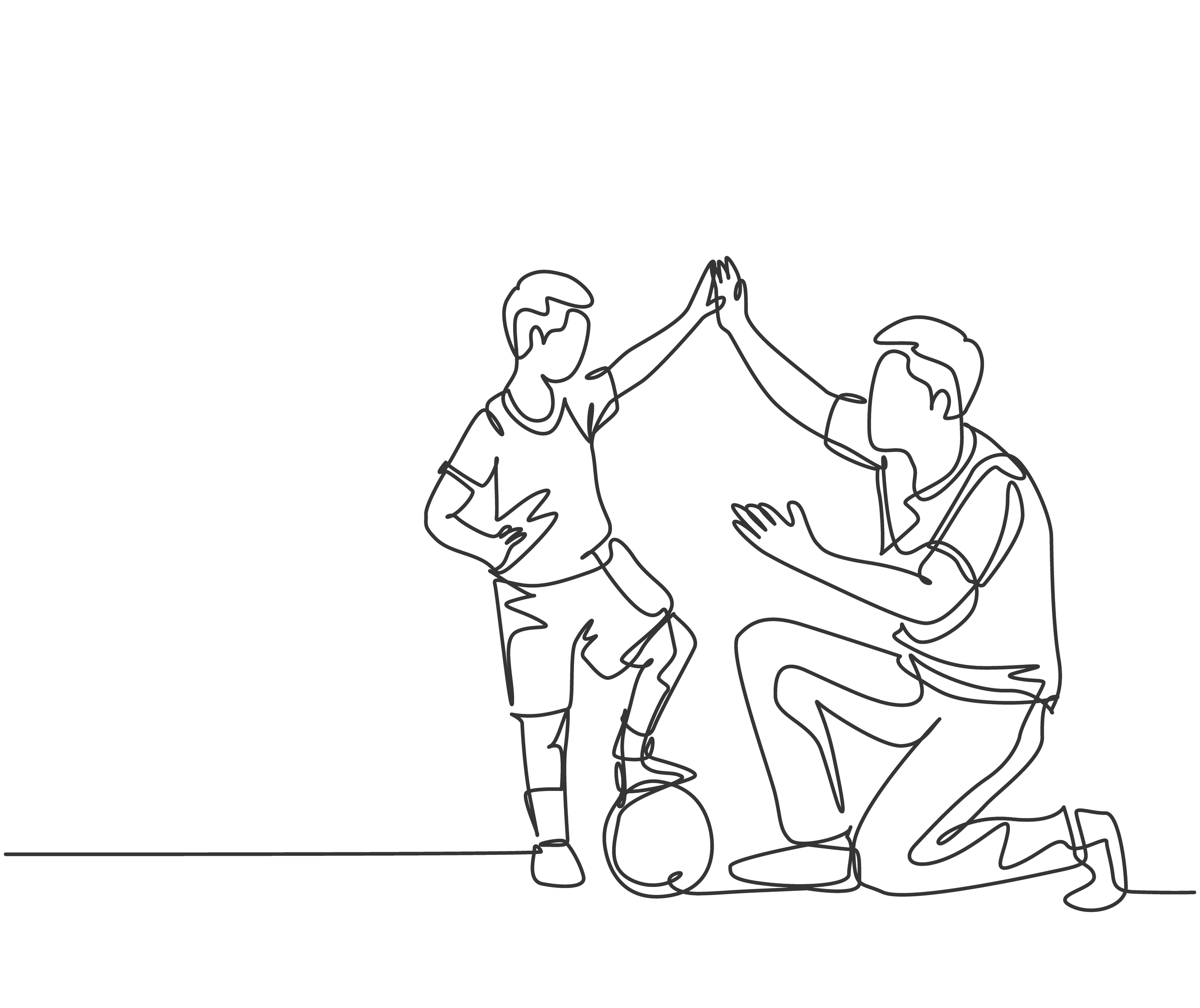Dysgraphia
What is dysgraphia?
Dysgraphia is a specific learning disability that impairs an individual’s ability to write coherently and legibly. It involves challenges with various aspects of writing, including handwriting, spelling, and organizing thoughts on paper. Children with dysgraphia may struggle to form letters correctly, write fluently, or convey their ideas effectively in written form. Since dysgraphia often co-occurs with other learning disabilities like dyslexia, it can complicate educational experiences and require tailored interventions.
What causes dysgraphia?
The exact causes of dysgraphia are not fully understood, but it is believed to stem from a combination of genetic, neurological, and environmental factors. Research indicates that individuals with dysgraphia may exhibit differences in brain function and structure related to motor skills and language processing. These neurological differences can affect the coordination required for writing, as well as the cognitive processes involved in organizing and expressing thoughts.
How can dysgraphia be assessed and diagnosed?
Dysgraphia can be assessed through a comprehensive evaluation by a qualified professional, such as a psychologist or an educational specialist. This evaluation typically includes a review of the individual’s writing samples, standardized assessments of writing ability and fine motor skills, and gathering input from teachers and parents regarding the child’s writing performance in various settings. A thorough analysis helps ensure an accurate diagnosis and the development of an appropriate intervention plan.
What are common symptoms of dysgraphia?
Common symptoms of dysgraphia include inconsistent spelling, poor handwriting that is difficult to read, trouble with spacing and organizing words on a page, avoidance of writing tasks, and difficulty in staying focused while writing. Children may also experience frustration or anxiety related to their writing challenges, further impacting their confidence and performance in academic contexts.
How does dysgraphia differ from dyslexia?
While dyslexia primarily affects reading and language processing, dysgraphia specifically impacts writing abilities. Individuals with dyslexia may struggle with word decoding and comprehension, whereas those with dysgraphia face difficulties in the physical act of writing and organizing their thoughts effectively on paper. Despite their differences, these conditions can coexist, making it essential for educational plans to address both sets of challenges.
What interventions can help students with dysgraphia?
Interventions for dysgraphia may include the use of assistive technology, such as word processors or speech-to-text software, which can reduce the difficulty of handwriting. Additionally, targeted instruction focusing on fine motor skill development, structured writing programs, and multi-sensory approaches can help. Teachers can also implement accommodations like allowing extra time for writing assignments and providing outlines or graphic organizers to assist in structuring thoughts.
Can dysgraphia impact a child’s self-esteem?
Yes, dysgraphia can significantly affect a child’s self-esteem. Struggles with writing may lead to feelings of inadequacy or frustration, especially in academic settings where writing is heavily emphasized. It is crucial for parents and educators to provide positive reinforcement, recognize individual strengths, and promote a growth mindset that encourages effort and improvement rather than focusing solely on challenges.
Are there specific tools or resources available for individuals with dysgraphia?
Various tools and resources are available to support individuals with dysgraphia. These can include visual aids, writing guides, and specialized worksheets designed to improve handwriting and writing skills. Additionally, occupational therapy may be beneficial for developing fine motor skills, along with access to educational software and apps that facilitate writing through technology.
How can parents support a child with dysgraphia at home?
Parents can support a child with dysgraphia by creating a positive writing environment that encourages practice without pressure. Providing resources such as practice worksheets, writing prompts, and access to technology can help. They can also collaborate with teachers to ensure consistency in strategies used both at home and school, and advocate for necessary accommodations if needed.
What is the role of schools in supporting students with dysgraphia?
Schools play a critical role in supporting students with dysgraphia by implementing appropriate accommodations and individualized educational plans (IEPs). This may involve providing specialized instruction, resources, and access to assistive technology. Collaboration between educators, special education staff, and families is essential to ensure comprehensive support that addresses the student’s unique needs.
Can early intervention improve outcomes for children with dysgraphia?
Early intervention is key to improving outcomes for children with dysgraphia. By identifying the challenges early, appropriate strategies can be implemented to build writing skills and confidence. With timely support and targeted interventions, children can develop effective writing habits and mitigate the impact of dysgraphia on their academic performance.
Are there any myths surrounding dysgraphia?
One common myth is that dysgraphia only affects handwriting quality. In reality, dysgraphia encompasses a broader range of writing difficulties, including issues with spelling, organization, and the cognitive processes involved in writing. Another misconception is that children with dysgraphia are lazy or lack effort, when in fact, they are often putting in significant effort but require different supports to succeed.
How can technology assist individuals with dysgraphia?
Technology can significantly aid individuals with dysgraphia by providing tools that reduce the reliance on handwriting. Speech-to-text software, word prediction tools, and typing programs can facilitate writing tasks and improve overall writing fluency. Additionally, digital note-taking applications can help organize thoughts more effectively and manage the writing process.
How can teachers effectively identify students with dysgraphia?
Teachers can identify students with dysgraphia by observing early signs such as inconsistent handwriting quality, difficulties in completing written assignments, and struggles with fine motor tasks like using scissors or holding a pencil. Regular assessments and conversations with students about their writing experiences can provide valuable insights into their challenges, prompting further evaluation if necessary.
What strategies can help improve writing skills for students with dysgraphia?
Strategies to improve writing skills for students with dysgraphia may include breaking writing tasks into smaller, manageable steps, using multi-sensory approaches to learning letters and words, and incorporating assistive technology. Encouraging the use of graphic organizers to structure thoughts and allowing for alternative means of expression, such as oral presentations or visual projects, can also aid in their learning experience.
Are there specific writing programs beneficial for students with dysgraphia in schools?
Yes, there are several writing programs tailored specifically for students with dysgraphia. Programs that focus on multi-sensory learning, such as the Handwriting Without Tears approach or the Zones of Regulation, can help develop writing skills through engaging activities. Additionally, structured literacy programs that emphasize phonemic awareness, spelling, and writing fluency are beneficial for enhancing overall writing proficiency.
How can teachers create an accommodating classroom environment for students with dysgraphia?
Teachers can foster an accommodating classroom environment by ensuring that classroom materials are accessible and providing flexible seating arrangements for comfort during writing tasks. Incorporating assistive technology, allowing the use of keyboarding instead of handwriting when appropriate, and offering varied assessment methods can significantly benefit students with dysgraphia. It’s also helpful to establish a supportive atmosphere that upholds patience and understanding for individual struggles.
What role does peer support play in helping students with dysgraphia?
Peer support can be invaluable for students with dysgraphia. Collaborative learning opportunities, such as group projects or peer tutoring, allow students to share strengths and assistance. Encouraging empathy among classmates fosters a supportive environment, where students with dysgraphia feel accepted and understood, reducing feelings of isolation that may arise from their writing challenges.
What should parents do if they believe their child has dysgraphia but the school does not provide support?
If parents suspect their child has dysgraphia and feel that the school is not providing adequate support, they should first document their concerns and observations. Open communication with teachers and administrators is crucial; parents can request meetings to discuss their child’s needs and explore options for evaluation or intervention. If necessary, they can seek outside evaluations from professionals and advocate for an Individualized Education Program (IEP) or 504 Plan that includes appropriate accommodations.
What are other parents reading?
Separation anxiety can feel overwhelming—for both children and parents. For families of children with special needs, the challenges can become
Separation anxiety can be tough on any child, but for children with special needs, it often goes hand in hand
Picture this scene: You’ve finally gotten your baby into a comfortable sleep routine. Nights are restful, naps are scheduled, and
Find a Therapist
Find the physical therapist, occupational therapist, or speech language pathologist you are looking for!
Ask Us Anything
Whether you are looking for advice, have a general question about sensory processing, or are looking for resources - we are here to help!
Ask Us Anything
Submit Your Story
Share your story about your child. Let’s celebrate milestones and learn more about challenges.











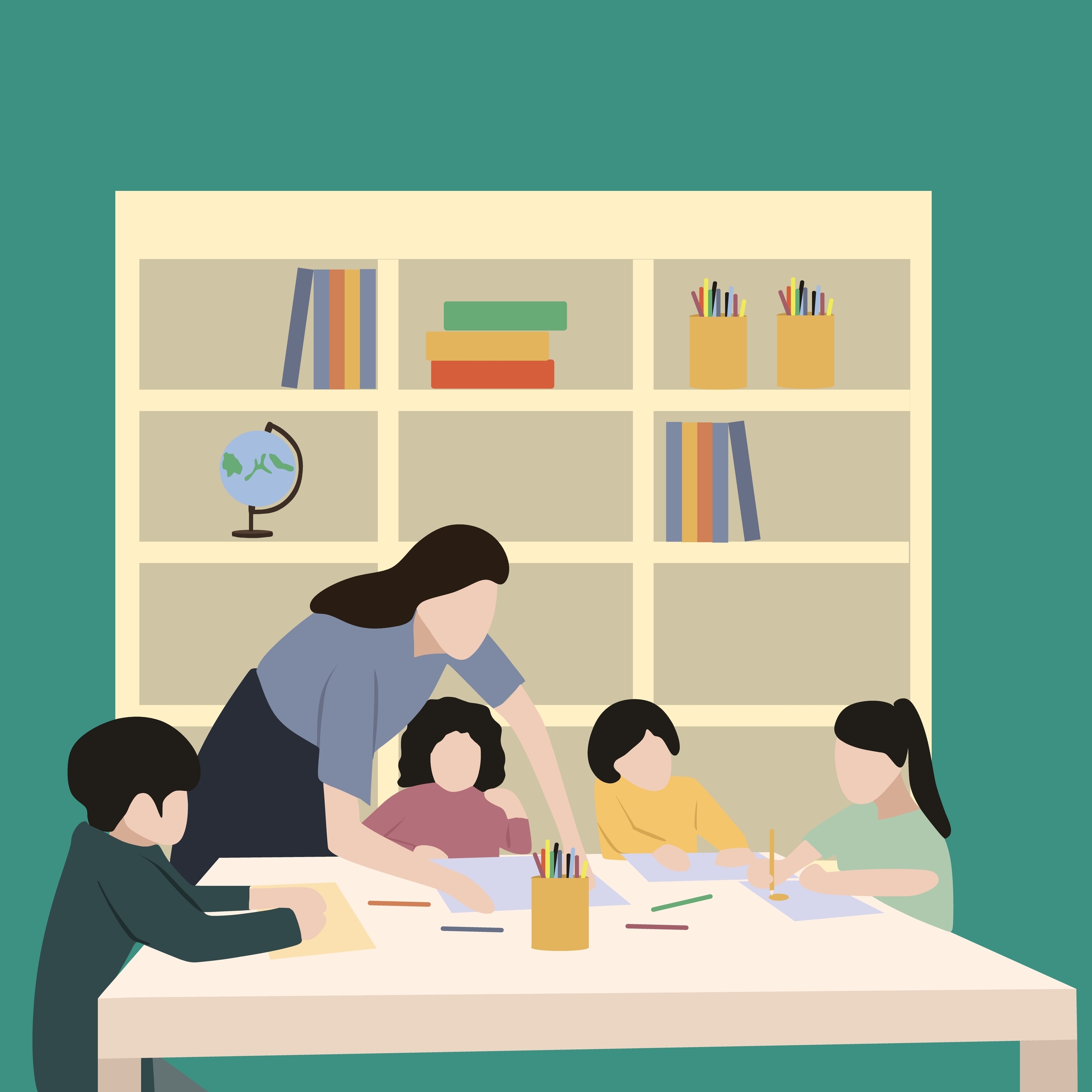






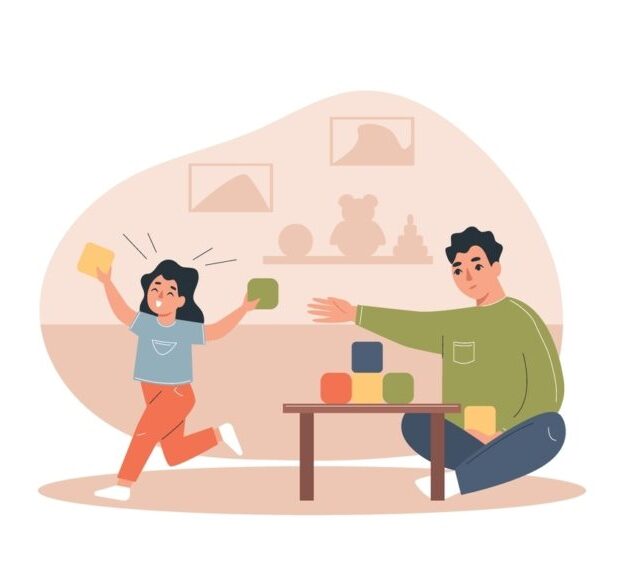


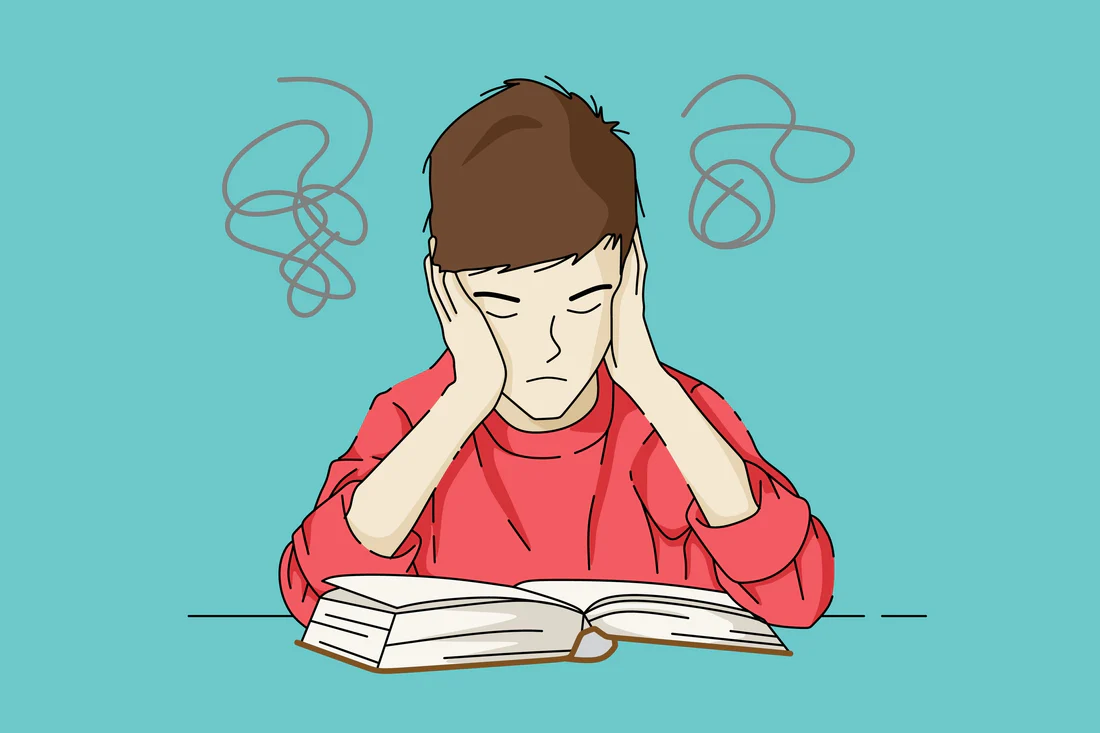
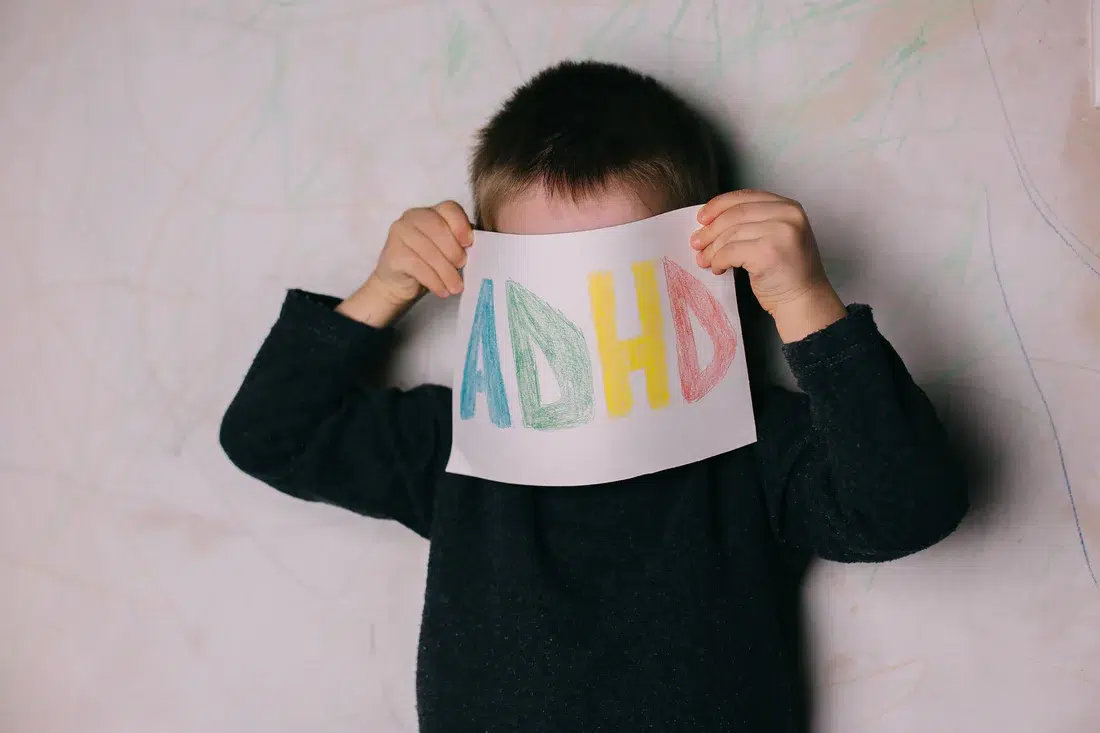




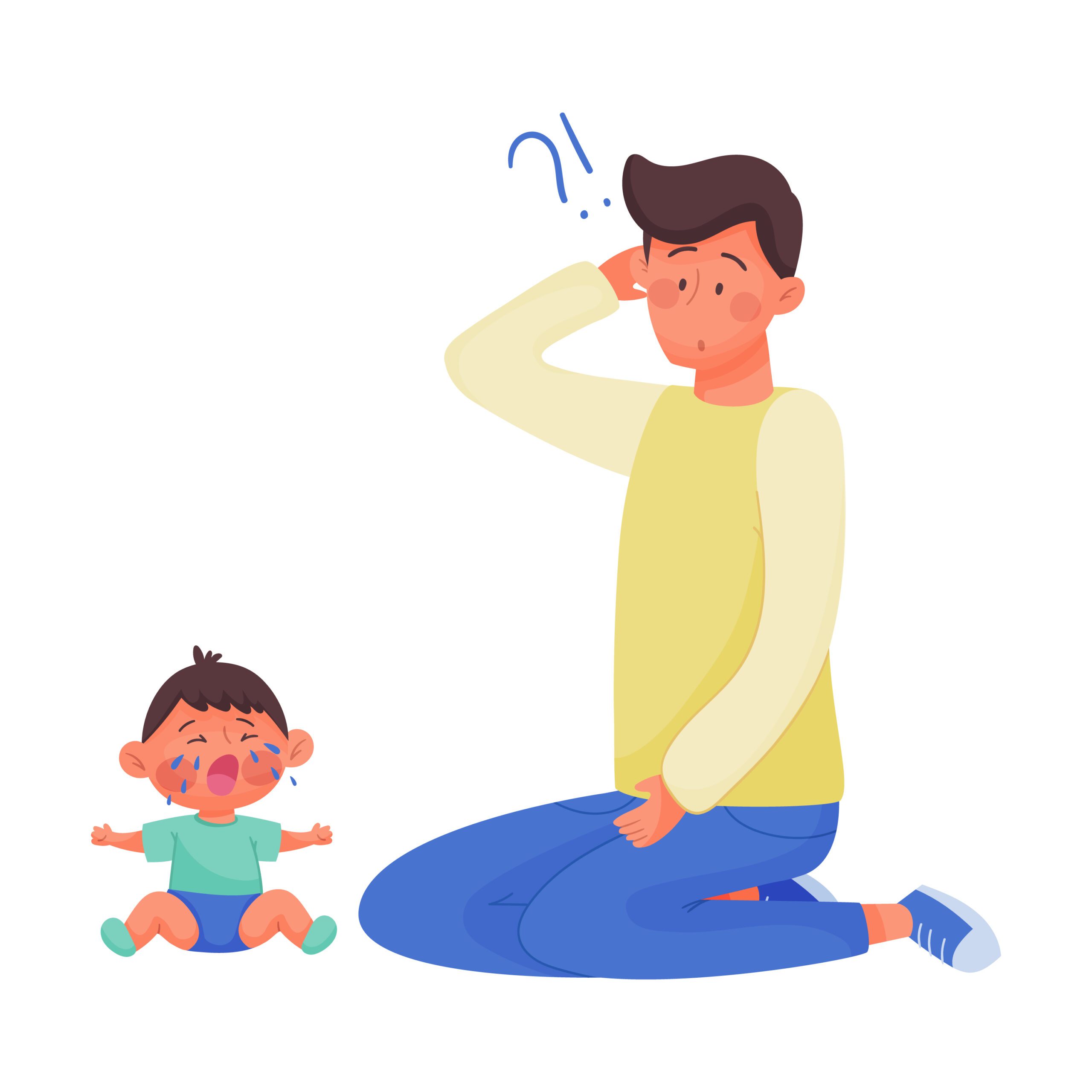
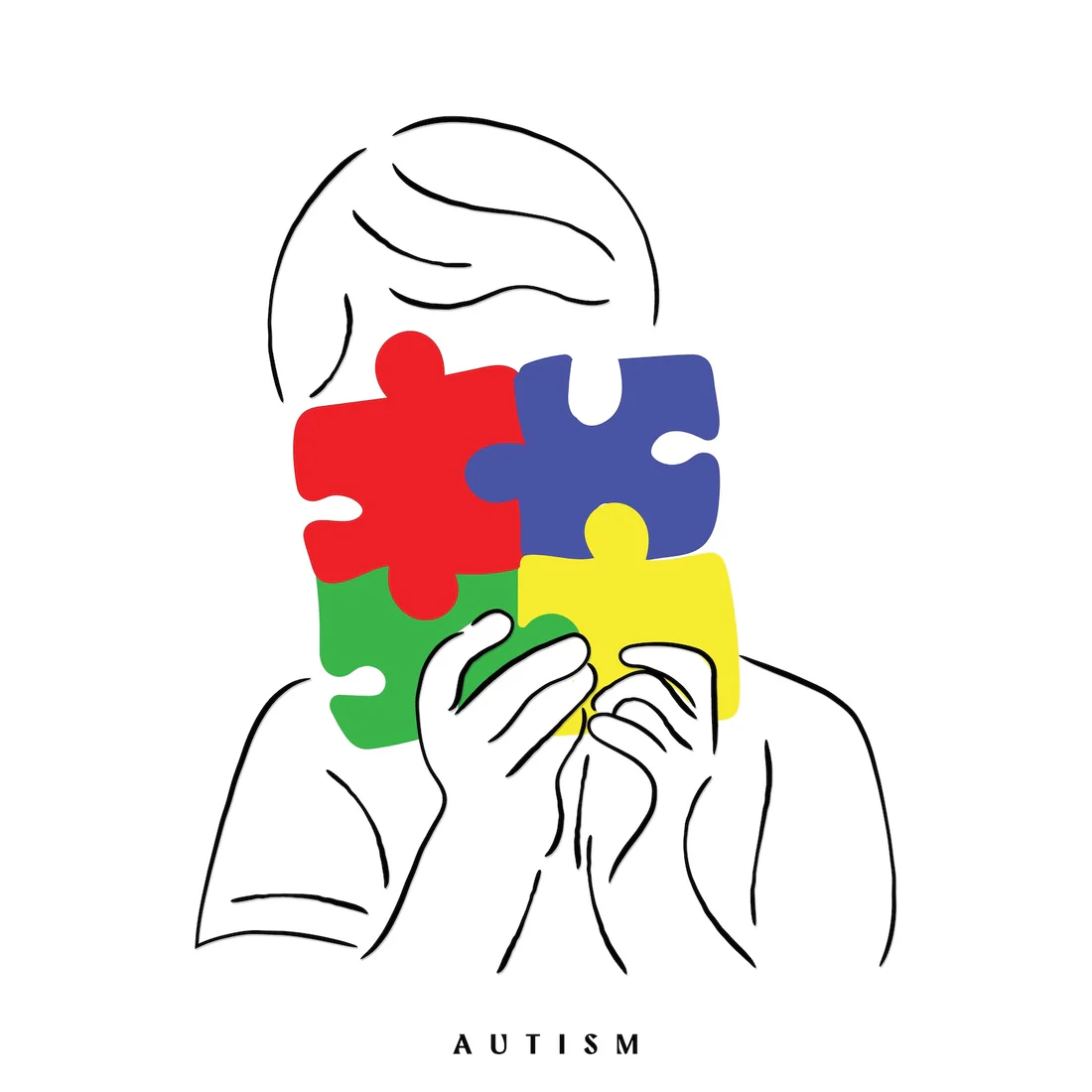
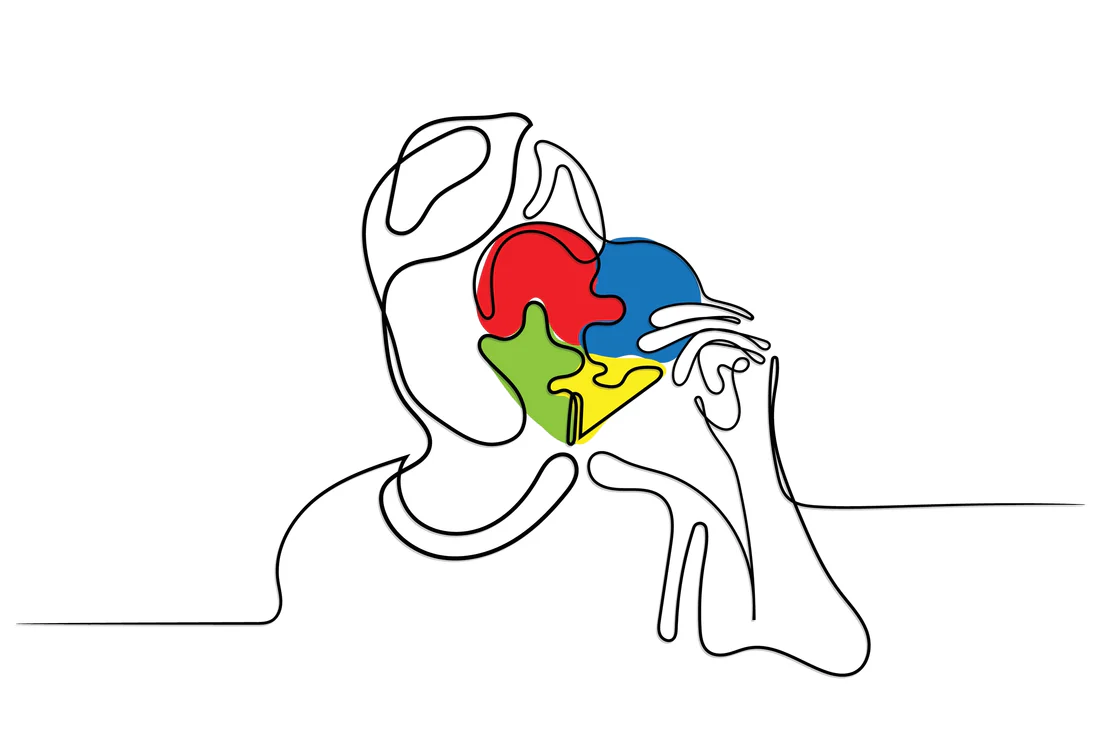










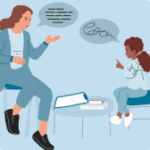 Speech Therapy
Speech Therapy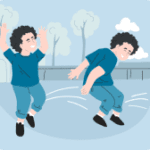 Physical Therapy
Physical Therapy Occupational Therapy
Occupational Therapy




